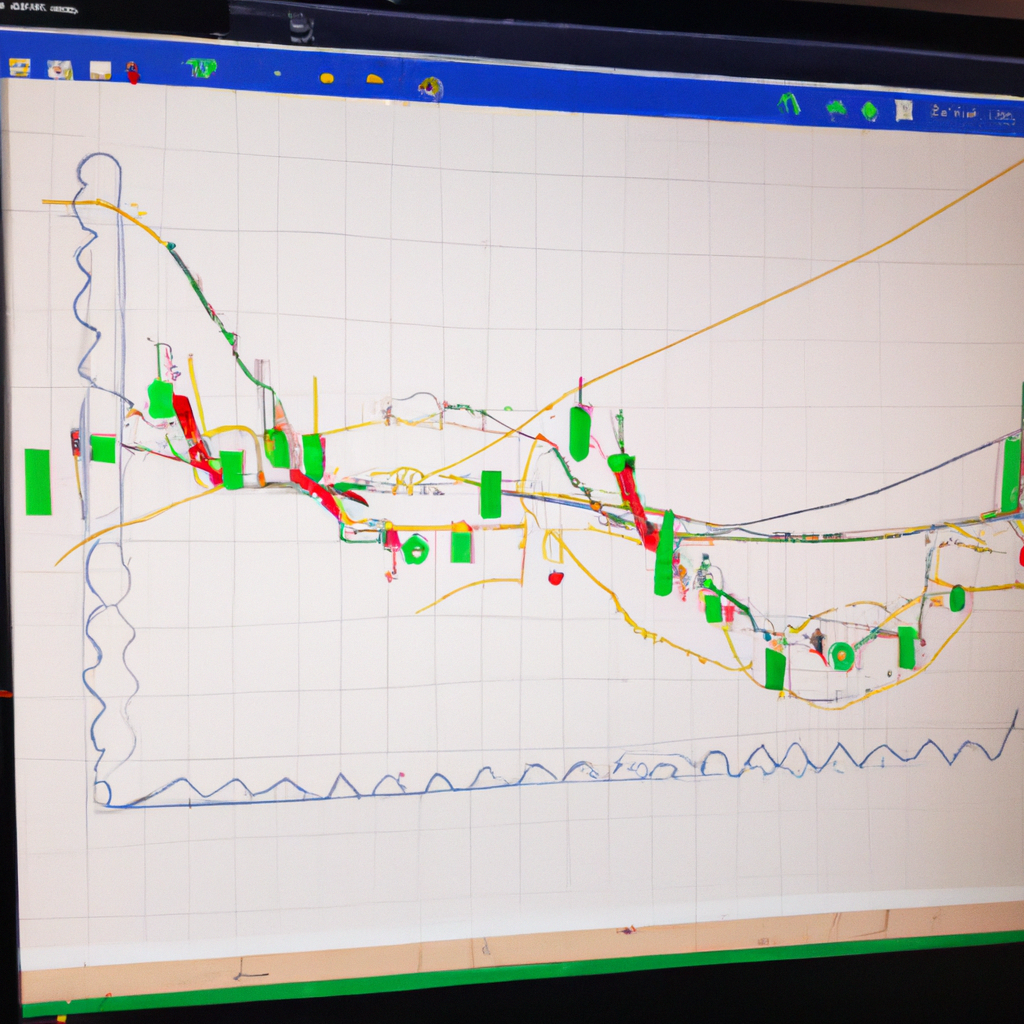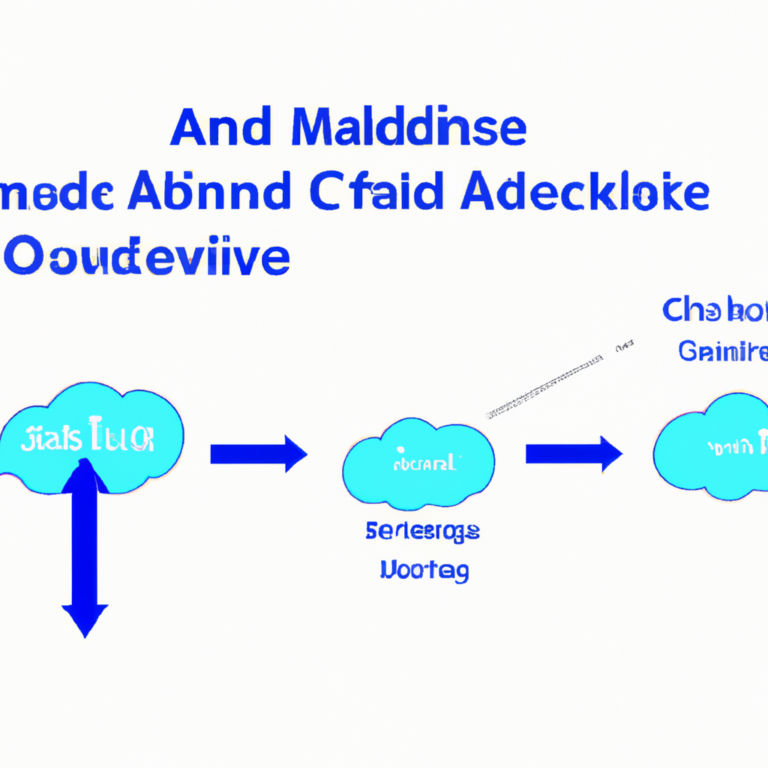Using MACD for Trade Signals
MACD, which stands for Moving Average Convergence Divergence, is a popular technical indicator used by traders to identify potential buy or sell signals in the market. It is a versatile tool that can be used on multiple timeframes and in various markets, making it a valuable asset for both beginner and experienced traders.
Understanding MACD
MACD is composed of three main components: the MACD line, the signal line, and the histogram. The MACD line is calculated by subtracting the 26-period Exponential Moving Average (EMA) from the 12-period EMA. The signal line is a 9-period EMA of the MACD line. The histogram represents the difference between the MACD line and the signal line.
Interpreting MACD Signals
Traders typically look for two main signals when using MACD: crossovers and divergences. A bullish crossover occurs when the MACD line crosses above the signal line, indicating a potential buy signal. Conversely, a bearish crossover occurs when the MACD line crosses below the signal line, signaling a potential sell signal.
Divergences occur when the price of an asset is moving in the opposite direction of the MACD indicator. Bullish divergences occur when the price is making lower lows while the MACD is making higher lows, suggesting a potential reversal to the upside. Bearish divergences occur when the price is making higher highs while the MACD is making lower highs, indicating a potential reversal to the downside.
Using MACD for Trade Signals
When using MACD for trade signals, traders typically look for confirmation from other technical indicators or price action. It is important to consider the overall trend of the market, as well as key support and resistance levels, before making a trading decision based on MACD signals.
- Identify potential crossovers between the MACD line and the signal line.
- Look for confirmation from other technical indicators or price action.
- Consider the overall trend of the market and key support and resistance levels.
- Place trades based on the signals generated by MACD, taking into account risk management strategies.
Conclusion
MACD is a powerful tool that can help traders identify potential trade signals in the market. By understanding how to interpret MACD crossovers and divergences, traders can make more informed trading decisions and improve their overall profitability. It is important to use MACD in conjunction with other technical indicators and risk management strategies to maximize its effectiveness.










